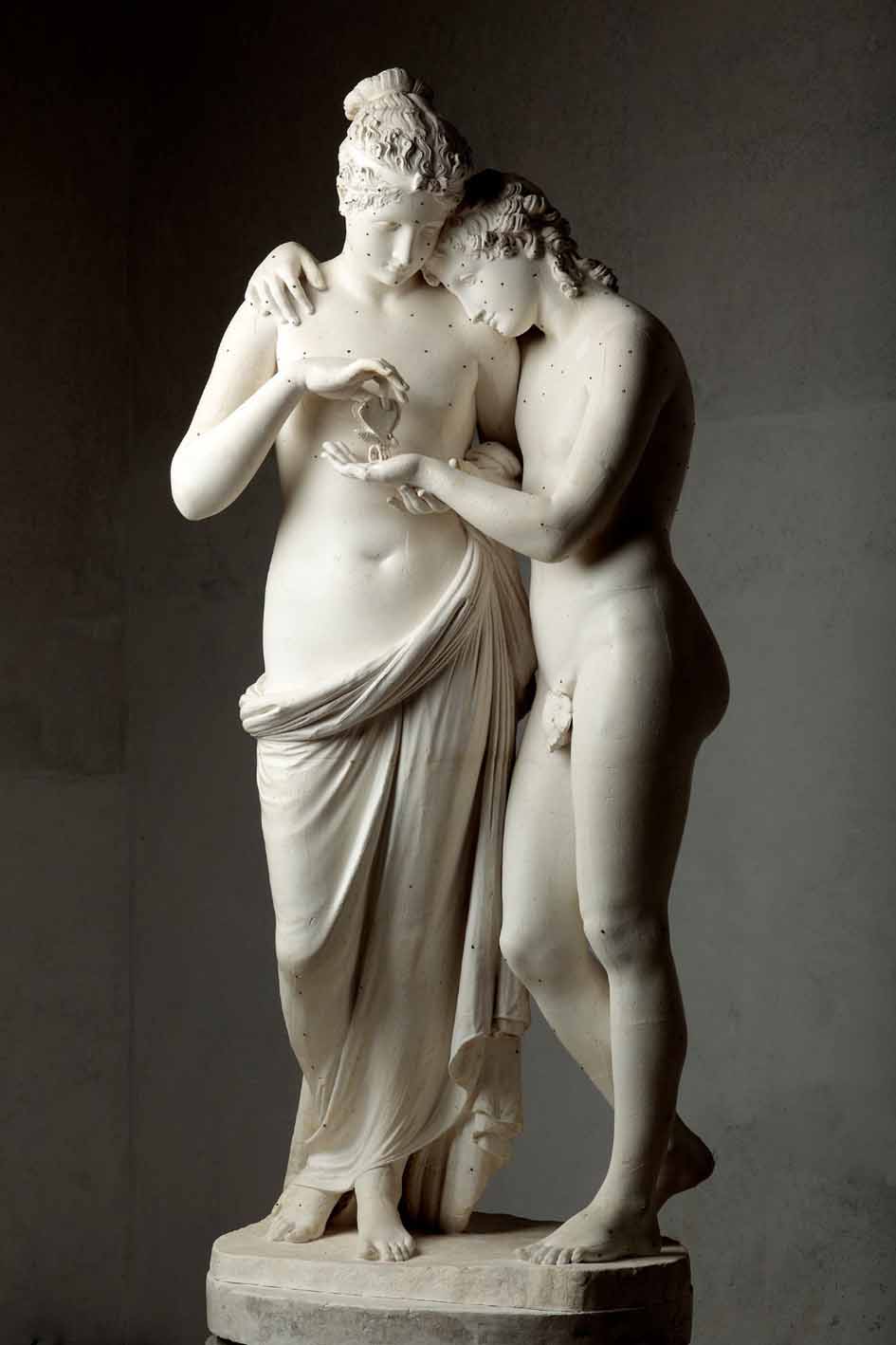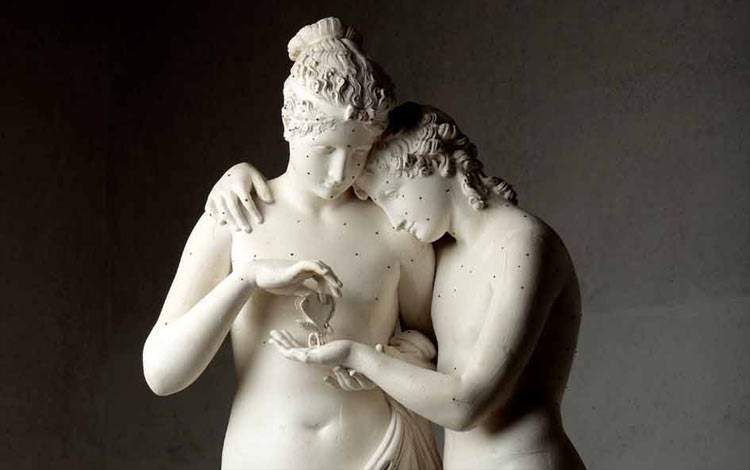The city where his legend was born, on the bicentennial of his death, returns to pay homage to Antonio Canova (Possagno, 1757 - Venice, 1822) . It does so with the exhibition Canova, Treviso Glory. From Classical Beauty to Romantic Announcement, curated by Fabrizio Malachin, Giuseppe Pavanello and Nico Stringa, scheduled from May 14 to September 25 at the Bailo Museum.
Canova and Treviso is a profound and unprecedented relationship. “Born a native of Treviso,” in Possagno, it was in Treviso that his “myth” and the critical rediscovery of his work was born. Already starting with the legend of the child prodigy who, in the Falier house in Asolo, invented on the spur of the moment a lion-shaped sculpture from a piece of butter to make up for a lack during a banquet, put into circulation in Treviso in 1803. Treviso was first in celebrations after his death: in 1823 it commissioned the creation of a bust by Luigi Zandomeneghi and a musical composition by Gioachino Rossini to honor his memory (these musics will accompany visitors to the exhibition). And again, when after the war certain critics still despised Canova, Luigi Coletti responded with the first major monographic exhibition. It was 1957, the second centenary of his birth, and the Treviso one was the only exhibition in Italy to critically investigate the sculptor’s entire oeuvre, distinguishing a “stylistic” production from a “poetic” one where one could, “well hear, feel the romantic announcement.” As Luigi Coletti himself stated during the opening.

The exhibition aims to complete a kind of trilogy like the recent ones in Naples (which investigated the relationship with the ancient) and Rome (beauty): Canova and the beauty of the ancient then, but also Canova as an extraordinary contemporary Romantic herald. The exhibition has recreated the environment planned by Canova in the Papafava palace, where the Ancient/Modern comparison is brought to its fullest essence: Apollo of the Belvedere compared with Perseus Triumphant, and the Borghese Gladiator, another famous work, compared with the Creugante.
For the first time, the works are also displayed on their original plinths restored for the occasion. Remaining with the heroic sculptures, the exhibition features a never-before-seen: the plaster cast of the preparatory Horse from the famous group The Theseus fighting with the centaur in Vienna. For the centaur’s body, Canova studied a dying horse. The cast is shown for the first time in an exhibition. The exhibition then enters themes where sentiment takes the lead, and where Romantic modernity emerges: the funerary stelae (on display is the Falier and Volpato one), homage to the deceased, but above all meditations on the afflicted female figure, we are in the field of the Magdalenes; the gentle and amorous groups (Amore and Psyche). Plus portraits, engravings, Canova celebrations, photography, more plaster casts and weapons: a rich itinerary of more than 150 works, developed in 11 sections.
In the 19th-century gallery, the last section of the exhibition investigates what kind of love corresponded between Antonio Canova and Marianna Angeli Pascoli, a beautiful countess from Treviso. Here a small cameo with his portrait rests on her breast in the bust sculpted by Luigi Zandomeneghi. The effigy of the noblewoman can be seen inside the gallery, set up at the Nuovo Museo Bailo with a design by Marco Rapposelli of Studiomas-Padova.
The great Treviso Sculptor will be the star of the exhibition, but there is no lack of attention to civic heritage. Not only the gallery, but also several unpublished Canova works resurfaced during the preparation of the exhibition, such as a bust with Antonio D’Este’s Portrait of Antonio Canova. Also, real relics, a cast of the artist’s hand and funeral mask. A corpus of unpublished letters, and the large book with 86 Canova engravings donated by his brother Giambattista Sartori Canova to Treviso in 1837. And much more. Alongside, a sequence of Canova materials that have rarely left the secret rooms of the Civic Museums to be shown. Among them is the sketch of the Three Graces, where on closer inspection one might discover the master’s fingerprints. The author of the bust of the charming Marianne, also immortalizes Canova, in a marble herma and bronze letters of dedication. Then again the sculptor in one of the versions of the 1817- ’18 Live Portrait painted by Thomas Laurence. Also coming out of the museum storerooms for the first time are the extensive Canova medallions.
A natural continuation of the exhibition is the Gallery of the 19th century, which hosts works by Hayez, Zandomeneghi, Appiani, and Quarena., in a new layout that aims to enhance the civic heritage, but with a strong focus on new trends and multimedia, without renouncing the fundamental scientific basis.
For information: www.museicivicitreviso.it +39 0422 658951 info@museicivicitreviso.it
 |
| Treviso, Bailo museum hosts exhibition on Antonio Canova celebrating neoclassical sculptor |
Warning: the translation into English of the original Italian article was created using automatic tools. We undertake to review all articles, but we do not guarantee the total absence of inaccuracies in the translation due to the program. You can find the original by clicking on the ITA button. If you find any mistake,please contact us.